When three former PayPal employees, Steve Chen, Chad Hurley and Jawed Karim, registered the domain www.youtube.com 20 years ago, they wanted to create an online dating site based around videos of users. In 2016, Chen told the SXSW conference: “We thought dating would be the obvious choice.”
But despite offering to pay users to upload videos of themselves, nobody came forward. When their concept failed, they hatched a new idea for the same domain: “OK, forget the dating aspect, let’s just open it up to any video,” said Chen.
What followed was revolutionary. Having started as a small project, YouTube rapidly grew into one of the most influential platforms in media history, reshaping journalism, media, entertainment and social interactions.
Its first-ever video, “Me at the Zoo” – featuring Karim casually describing the elephants at San Diego Zoo – set the tone for democratised content creation, and also the type of content that would become so significant for YouTube: vlogging – where people communicate their own blog-style entries on video, often delivered direct to camera.
The simplicity of uploading and sharing any type of video, combined with the potential of online content going viral, made the platform an instant hit.
In October 2006, just over a year after the video platform’s launch, Google acquired YouTube for US$1.65 billion (£1.3 billion) – a move that proved one of the most significant tech acquisitions in history. The platform embarked on monetising its growing library of content via online advertising, not only generating huge profits for Google but also providing content creators with a share.
The increasing profits prompted content creators to deliver better content.
Whereas traditional media outlets such as television controlled video production and distribution, YouTube suddenly allowed anyone with a camera to share their voice. This shift led to the rise of independent creators, from beauty vloggers and gamers to educators and activists.
And so the platform has given birth to an entirely new profession: the YouTuber. Early pioneers built massive audiences, inspiring a new wave of content creators who could earn a living through ad revenue, sponsorships and crowdfunding.
In the UK in 2010, for example, a group of young content creators nicknamed “Brit Crew” became popular on YouTube. They were relatable, fun to watch, and uploaded videos regularly.
Today, the highest-paid YouTuber worldwide, according to Forbes magazine, is MrBeast, with more than 360 million subscribers and 10 billion views. In reality, MrBeast is Jimmy Donaldson, a content creator and businessman from Greenville, North Carolina. But the views his videos attract are still nowhere near the most-watched YouTube video of all time, “Baby Shark”, with 15 billion views.
Donaldson has often talked about understanding YouTube metrics and its algorithm as a key component to his success. He particularly pays attention to a measure known as “retention rate”, noting where viewers stop watching to improve his future videos. He says the algorithm prioritises things that are difficult to accomplish, such as getting high retention rates on a long video, over simply getting a large number of views.
MrBeast is emblematic of the rise of influencers on YouTube: content creators with lots of followers who look to them for inspiration and lifestyle tips. Established companies and brands have sought to develop partnerships with key influencers in order to promote products and services to their often huge global audiences.
Overall, detailed audience numbers for YouTube are difficult to come by. However, Statista reports that the platform now has more than 2.5 billion active monthly users.
Citizen journalism
YouTube also plays a critical role in modern journalism. The platform, along with others such as Facebook and Twitter-X, has allowed citizen journalists to document events in real time, from protests and social movements to natural disasters and political uprisings – especially since YouTube introduced live streaming in 2011.
During major global events such as the Arab Spring and Black Lives Matter protests, influential coverage emerged from people capturing and sharing their footage on YouTube. This shift has challenged traditional news media, which now often relies on user-generated content as a key source of reporting.
Similarly, some major world events are streamed live on YouTube, from election coverage to the Olympics to the Glastonbury music festival. There has also been growth in the popularity of video podcasts on the platform – one of the most popular, the Joe Rogan Experience, attracts millions of views per episode.
Misinformation and conspiracy theories
Despite its success, YouTube has faced significant challenges. The rapid spread of hate speech, misinformation and conspiracy theories has led the platform to implement stricter content moderation policies. In recent years, YouTube says there has been a substantial drop in the number of videos that violate its policies as a result, although some experts say these numbers can be interpreted in different ways.
YouTube also continues to face controversies over its data collection, and how its algorithms reinforce conspiracy “rabbit holes”.
Regulation has become a pressing concern. Governments worldwide are scrutinising YouTube for its role in spreading harmful content. Many countries are discussing how to better protect children online: in the UK, YouTube is the most popular website or app among younger users, used by nearly nine in ten children aged 3-17. (Officially, YouTube does not allow children below the age of 13 to use the platform without supervision, but there are clearly many ways around this for younger users.)
There is a also drive among regulators to ensure fair competition in the digital marketplace, given YouTube’s dominant position.
As YouTube enters its third decade, AI could become a powerful tool for creators – from speeding up the process of adding effects to videos, to creating video content from scratch. YouTube will also face continued competition from short-form video platforms such as TikTok and Instagram.
In my opinion, the growing demand for high-quality, authentic content will shape YouTube’s future. The platform needs to focus on protecting and empowering its creators and their diversity, while nurturing its existing community.
One thing is clear: YouTube has transformed the way we both consume and create media. From its humble beginnings to becoming a cultural phenomenon, YouTube’s 20-year journey is a testament to the power of digital platforms and social media in shaping modern society. Whether it continues growing or evolves into something entirely new, its impact on global culture is undeniable.

The post “YouTube was born from a failed dating site – 20 years on, the world’s biggest video platform faces new challenges” by Evelyn Polacek Kery, PhD Researcher in Social Work & Social Care, School of Education & Social Work, University of Sussex was published on 02/21/2025 by theconversation.com



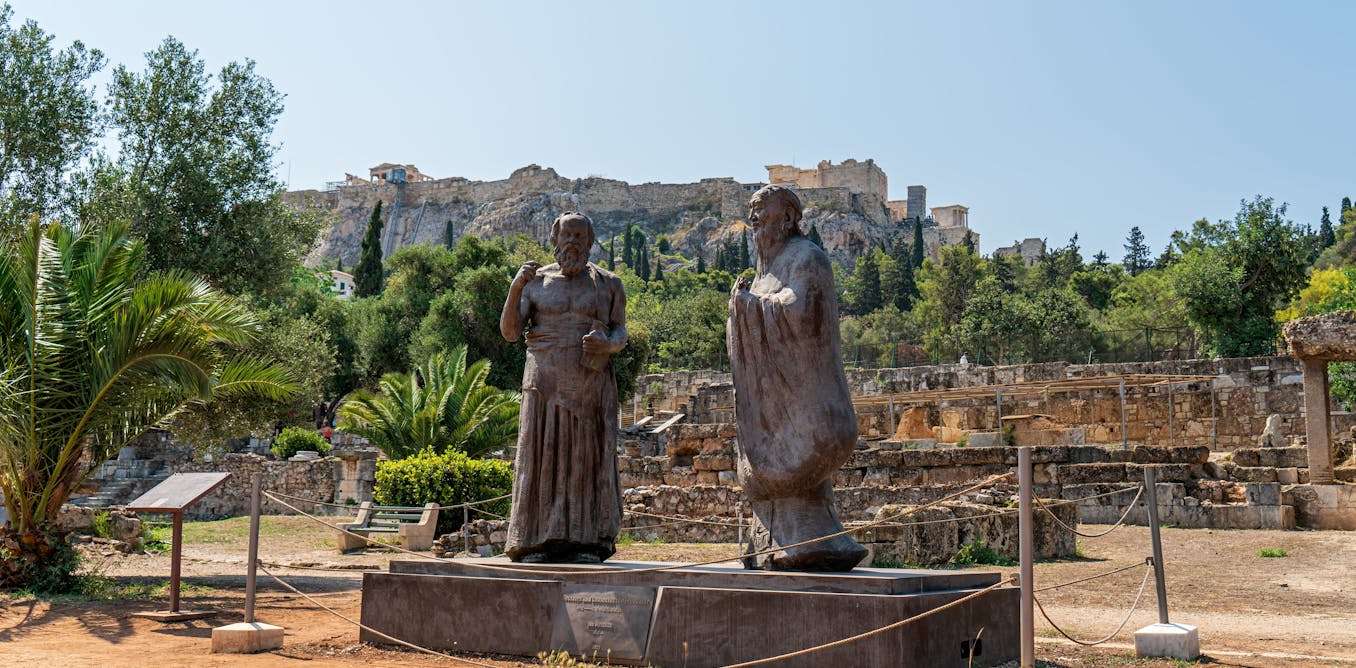


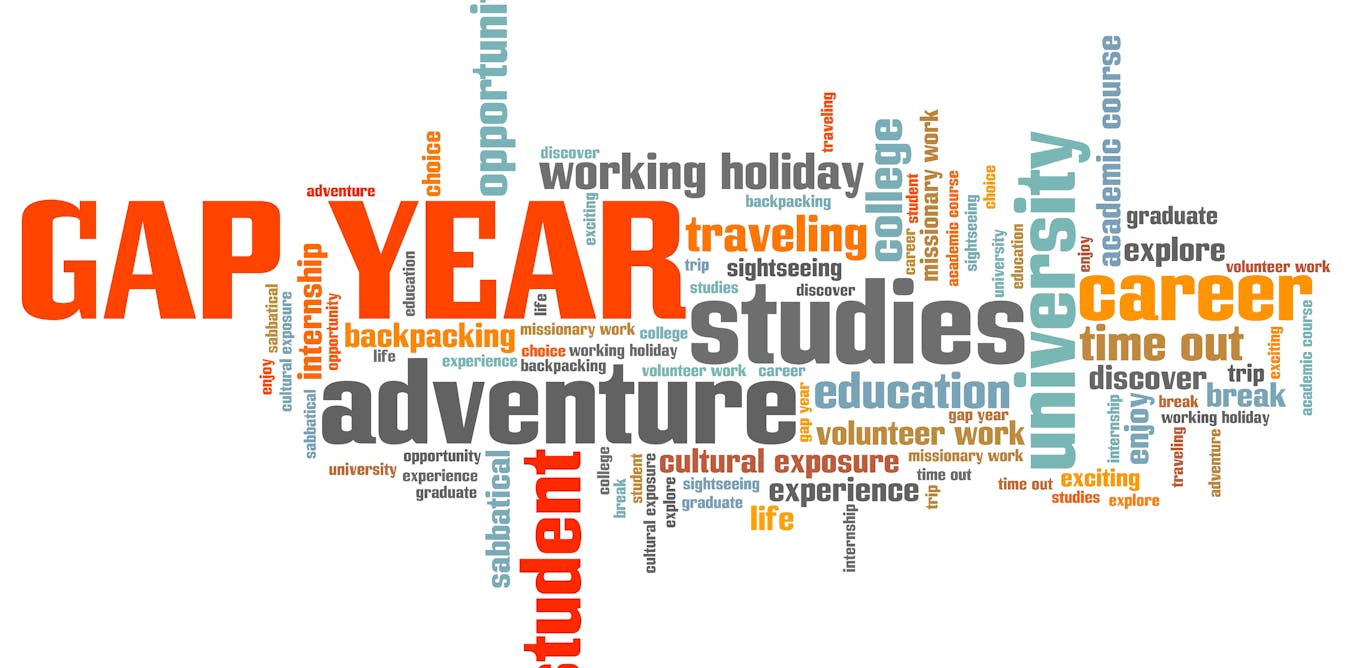




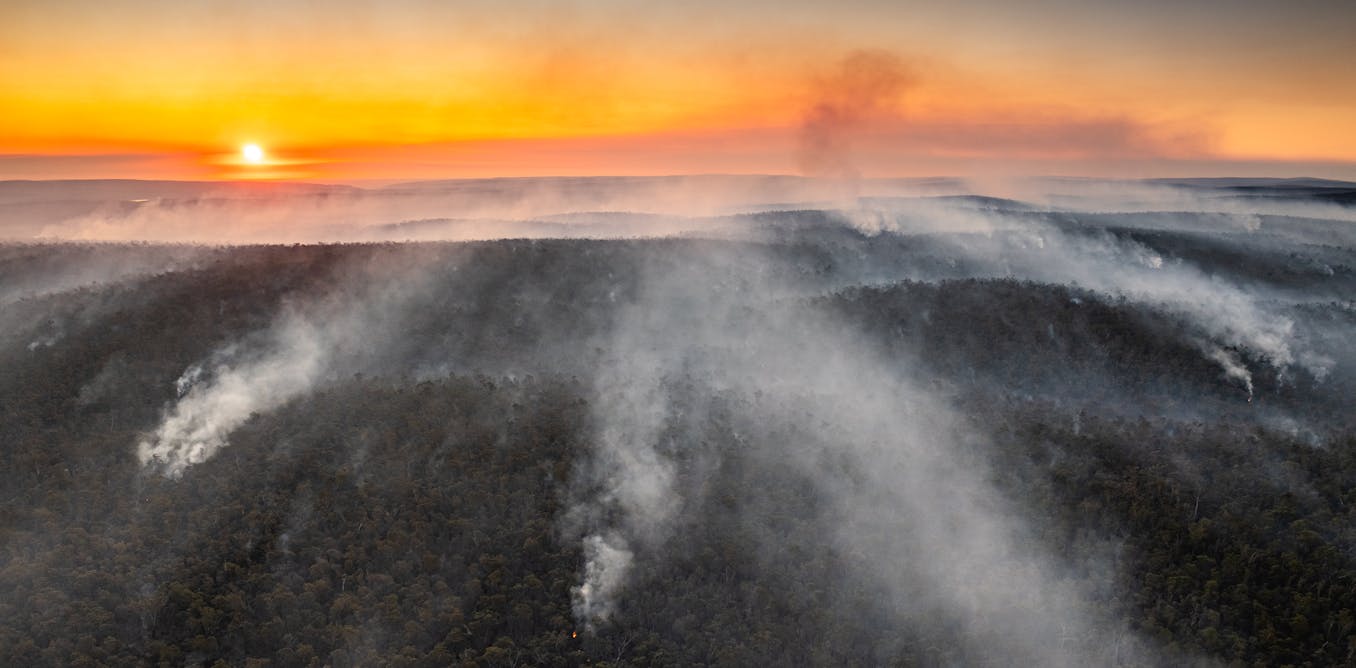
















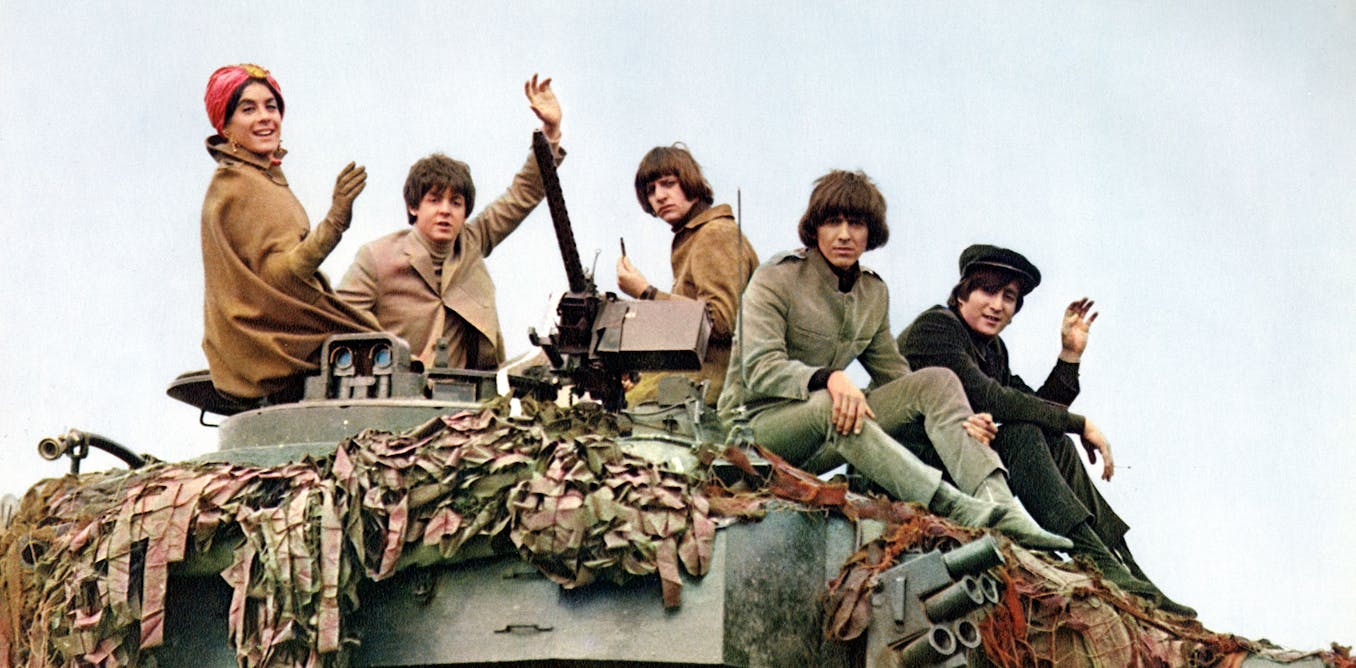


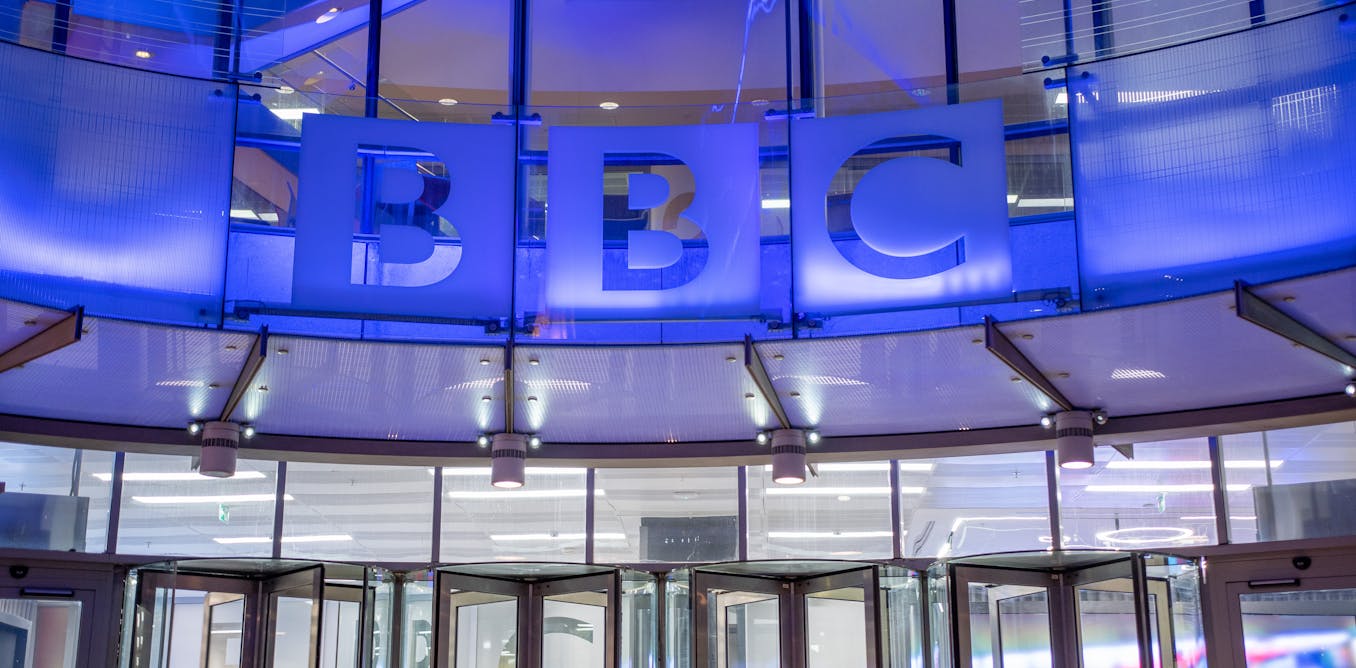
Leave a Reply